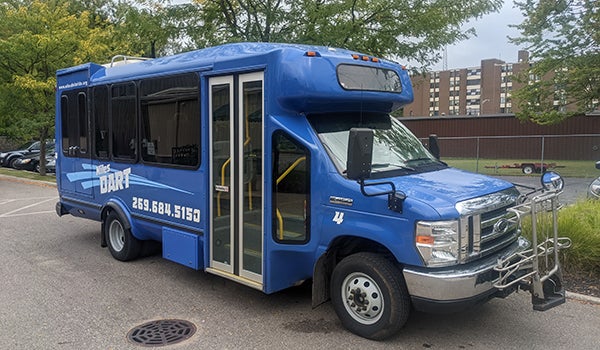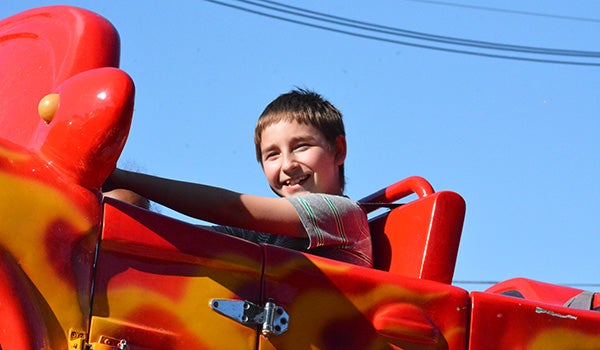Japanese prototype tested here
Published 2:08 pm Friday, July 10, 2009
By JOHN EBY / Dowagiac Daily News
As a Japanese prototype, the $32,000 pre-press plate machine at Preferred Printing in Dowagiac is one of only three such machines in the world.
The others are in Australia and in Zurich, Switzerland.
“Plates used to be chemicals, negatives, film and metal,” Preferred Printing owner Rich McCormick said Thursday afternoon. “Now it’s ink jets and polyester. We’re doing beta testing here in our shop” after a stop in Zeeland enroute to Chicago next week.
Before this chemistry-free technology, such equipment could run as high as a quarter of a million dollars.
“For a shop like us, there’s no way we could afford a $250,000 pre-press plate machine,” McCormick said. Plus, “That chemistry has to go somewhere when you’re done with it. They’re either dumping it down the drain or actually doing what they’re supposed to and sending it off to be disposed of. I would say probably most shops of any size at all are regulated. That’s why non-chemistry plate systems are a big deal for everybody.”
In addition to Kimoto’s Tatsuya “Rio” Kawaguchi, who is moving to Chicago, the test is being overseen by Dale Nelson, a representative with DaKan Graphix Products in Mishawaka, Ind.
Kimoto in 2001 introduced a polyester plate. An image was processed onto the plate through a thermal process.
“It was an inexpensive way for people to get started into direct-to-plate systems,” Nelson said. “Then people started asking, ‘Can we do four-color separations? and various other things.’ We started selling what is called the 340 system in 2001 and working with Kimoto at that time.
“The founder’s son was here and we got to talking about longer run lengths because the run lengths on these were rated for about 5,000 copies. He went back and they did some R&D (research and development). This is an ink jet process that uses UVL (ultra-violet light) ink in the machine. Most ink jet processing does what they call FM printing. It’s more like a spray. This is AM – it sounds like radio, but it’s a dot structure in the halftones and in the separations. That process with ink jet, we’re the only ones doing it that way right now. All the others are doing FM.”
Run lengths on these plates remain to be determined.
“We’ve run as many as 40,000 copies” and they’re still crisp, Nelson said, adding, “I honestly think it will be in excess of 100,000. It’s environmentally safe. There’s no chemistry whatsoever in the plate process.”
It’s like watching a copy machine make copies. Nelson is printing a plate for someone in Chicago off his laptop. He clicks, there’s the cyan (blue). Click, a magenta layer. Another click, yellow. Click, black.
Run them together and a four-color plate results.
“You can take this and hang it on the press,” Nelson said. In moving it around to an array of print shops, “We want them to print jobs and tell us how it operates and if it’s user-friendly.” Any problems, Rio tweaks.
The machine in Sydney, Australia, appeared at a print show, made some plates and came away with five purchase orders.
“We’re going to have this in a show in September” in Chicago, Nelson said. “We’ll be taking orders for them there. At the end of July – 27, 28 and 29 – we’re going to be at Eastern Kentucky University with all the high school and college graphic arts teachers and we’ll show it there. We’re ready to start selling them. They’re starting to construct machines in Japan now. We started with the beta shops in January at Express Press in South Bend, Ind. We were there until February. Then we moved it to Economy Printing in Goshen, Ind., because all of these guys have different kinds of presses we wanted to try it on. Then we moved it to Zeeland, up by Holland. DaKan Graphix, we sell printing supplies and equipment to printers. We service presses as well.”
Beta testing, a phrase borrowed from computing, means “customers test the programs and give feedback. We put the machine in at no cost to the customer, we furnish all the plate material, all we want is their information back,” Nelson said.






